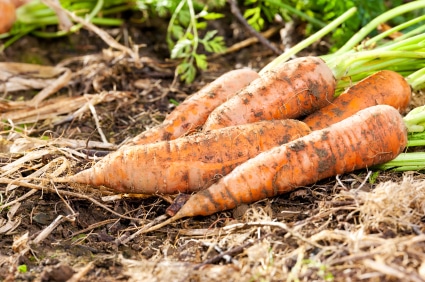How to Extend Your Vegetable Garden Harvest
1. Plant in Summer
While the days are still warm, plant crops that thrive in fall and can tolerate frost. These include:
- Lettuce
- Spinach
- Broccoli
- Cauliflower
- Root crops like carrots and beets
These crops grow quickly in summer heat, establishing strong roots before cooler weather sets in. This head start helps ensure robust growth as daylight shortens and temperatures fall.
2. Carefully Choose the Planting Area
Your planting location significantly affects how long your vegetables will produce. To maximize your growing season:
- Choose a raised area with excellent drainage
- Avoid low-lying spots where cold air settles
- Good drainage helps prevent root rot in cooler months
3. Mulch for Warmth and Protection
A 2- to 4-inch layer of mulch around plants helps trap soil heat and protect roots. For best results:
- Use shredded bark or straw
- Apply mulch 6 to 8 inches around the base of each plant
- Replenish mulch if washed away by rain
4. Protect Your Crops
Use season-extending structures to shield your crops from cold and extend harvest time. Consider these options:
- Hoop House: A series of metal hoops covered with plastic creates a mini greenhouse. This protects plants from wind and rain while raising the internal temperature.
- Cold Frame: A box-like structure made of wood, brick, or concrete with a clear lid. It captures sunlight while insulating plants from the cold.
- Greenhouse: The most effective option, offering consistent light and warmth for year-round vegetable growing.
Outsmarting the weather and extending your garden harvest takes effort, but the delicious results are well worth it.

